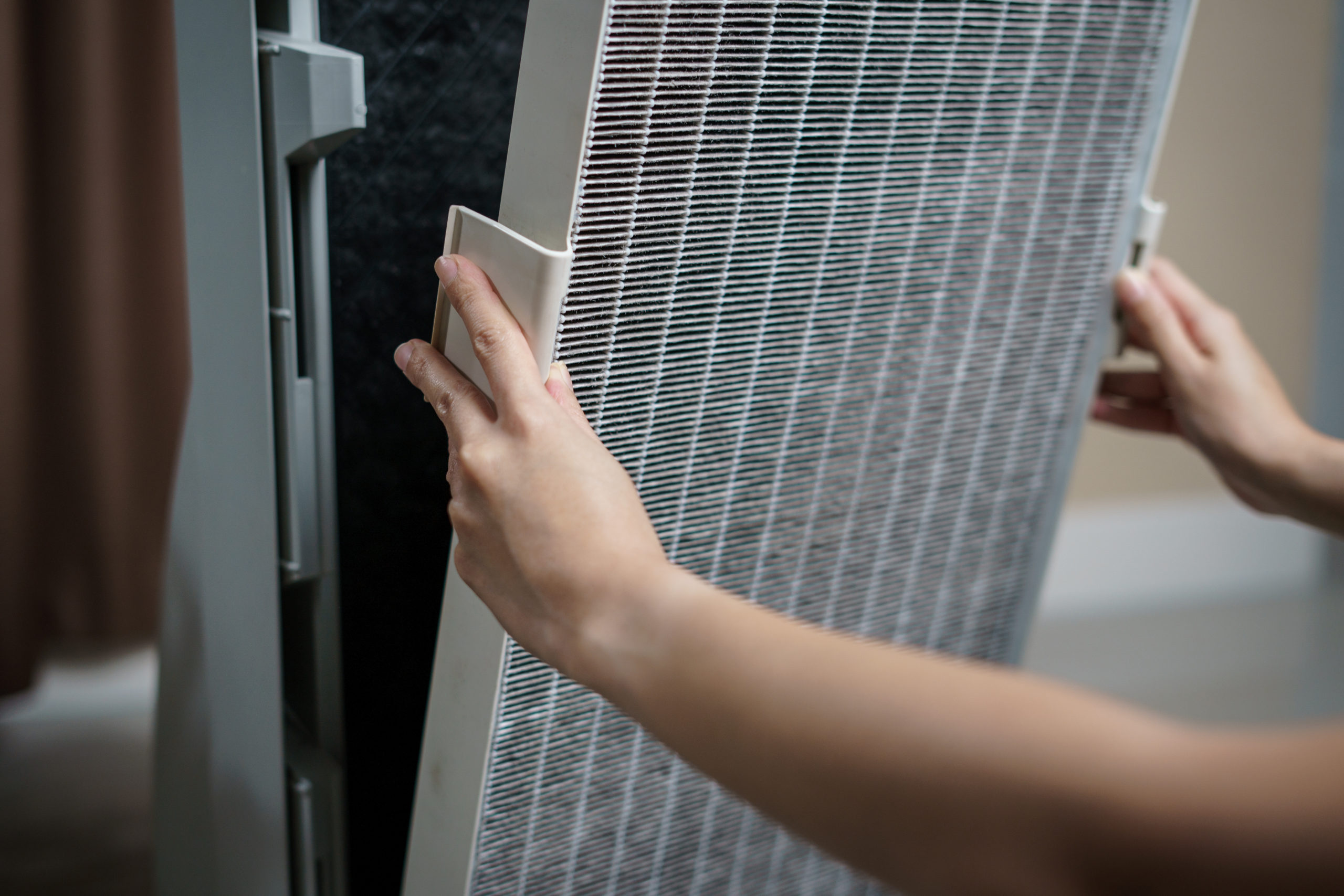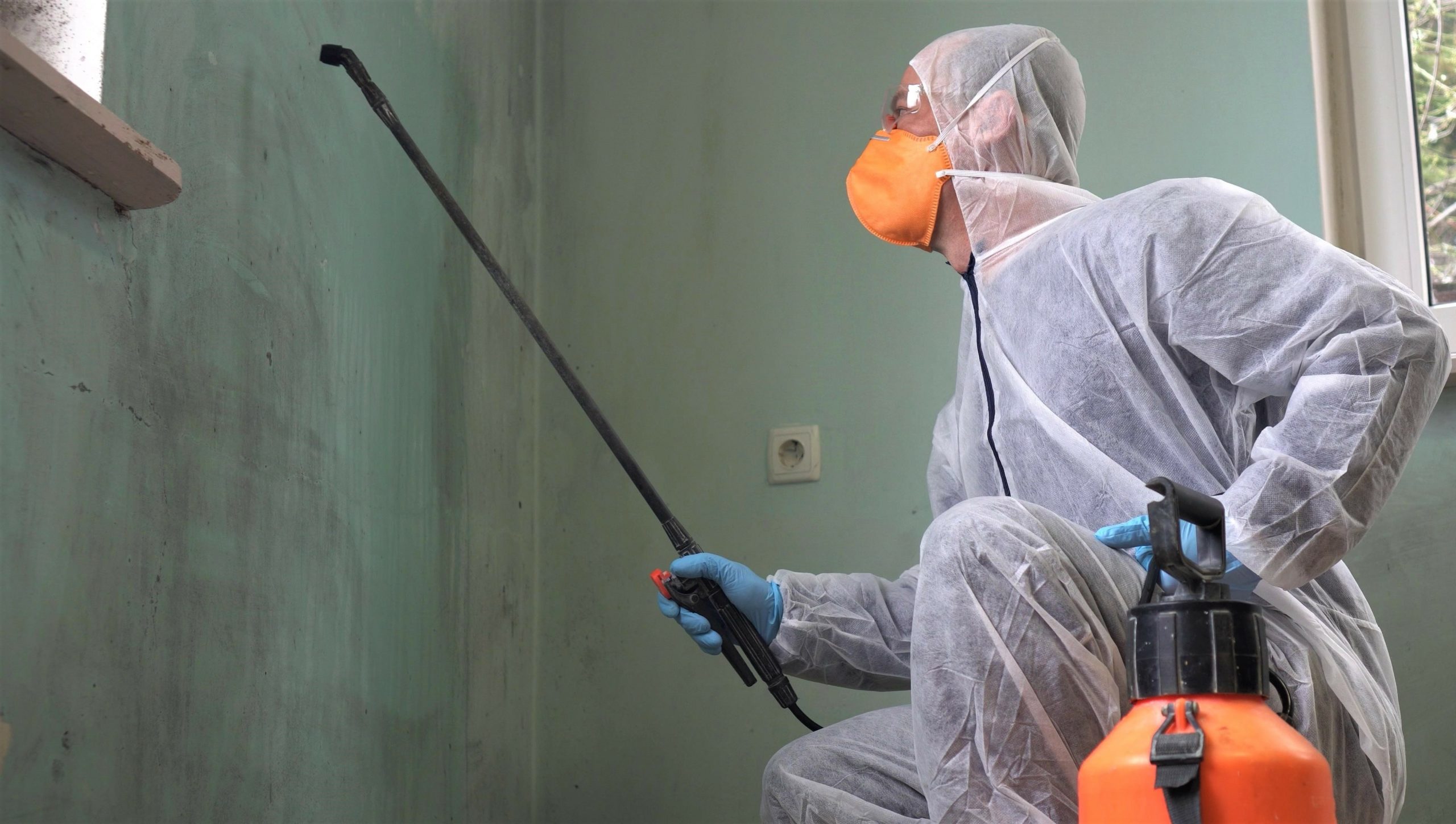An old home remedy might be just the solution you’re looking for.
With growing awareness of the dangers of manufactured and even naturally-derived cleaning products growing among consumers, cleaning businesses have had to turn to “old home remedies” in an attempt to balance cleaning and disinfecting with the green and sustainable trends. Unfortunately, this has led to quite a bit of misinformation, particularly about the effectiveness of vinegar and hydrogen peroxide as cleaners and as disinfectants. While neither individually is an effective or economical choice for cleaning businesses looking to make a profit, together, they just might be the solution you’re looking for.
The Science: Key Vinegar and Hydrogen Peroxide Studies
In the US, the distilled white vinegar found in grocery stores is usually 5% acetic acid and has a pH of 2-3. In the study “Antimicrobial Activity of Home Disinfectants and Natural Products Against Potential Human Pathogens,” researchers in infection control tested 5% vinegar against some common human pathogens and antibiotic resistant bacteria, and stated unequivocally that it “demonstrated inadequate activity and therefore should not be used as a home disinfectant.”
Fourteen years later, the study, “Acetic Acid, the Active Component of Vinegar, Is an Effective Tuberculocidal Disinfectant” states that 6% acetic acid effectively kills M. tuberculosis and 10% acetic acid kills more resistant mycobacteria, both after a dwell time of 30 minutes. They claim that because of these results, 6-10% vinegar is probably a broadly effective biocide with potential usefulness in healthcare settings in poor countries. More studies are in the works.
Hydrogen peroxide is considered an environmentally safe alternative to chlorine-based bleaches as it breaks down into water and oxygen. Commercially available 3% hydrogen peroxide is considered a stable and effective disinfectant by the CDC when used on inanimate objects. Under normal conditions, hydrogen peroxide is extremely stable when properly stored. Be aware hydrogen peroxide is extremely light sensitive and potency is reduced over time when not stored in dark containers.
The Talk Clean to Me Blog is a great place to find information about chemical disinfectants. The TCTM Blog has a series called “Disinfectant Chemistry Report Card,” and both vinegar and hydrogen peroxide have been reviewed.
- Household vinegar, in the 4% to 8% acetic acid range, scored poorly in speed of disinfection (10 minutes or more), spectrum of kill (basically effective only on the easiest to kill microorganisms), cleaning effectiveness (poor cleaning capability and basically useless against greasy substances), and safety profile (primarily unsafe at high acid concentrations, although regular household vinegar does have a pungent odor and can be irritating to breathe). As expected, vinegar had a great environmental profile and cost effectiveness scores.
- The effectiveness of hydrogen peroxide depended on concentration, with household strength (3%) scoring kind of low on speed of disinfection. Spectrum of kill was also concentration-dependent, but 3% hydrogen peroxide performing well as a surface disinfectant. Since it is an oxidizer and formed bubbles and foam, it performed acceptably as a cleaning agent, and had a good safety profile since at lower concentrations it is non-irritating and non-toxic. The environmental profile was great since it degrades into water and oxygen, and so was its cost effectiveness.
Combining Forces: Peracetic Acid
What about when they are used together? When chemically combined, acetic acid plus hydrogen peroxide is known as Peracetic Acid, and was first registered with the US EPA as a disinfectant in 1985. Again, concentration of product is the key to its speed and effectiveness as a disinfectant, its capability as a cleaner, and its safety profile. As expected, it is cost effective and has a low environmental impact.
Is there another way to use them together as common household ingredients? Several websites devoted to natural or green cleaning and DIY cleaning tips in general, such as Brightnest, have mentioned using vinegar and hydrogen peroxide together as a disinfecting tag team.
These articles claim that by spraying undiluted white vinegar and then spraying 3% hydrogen peroxide on a surface you have a simple, safe disinfecting recipe “that is more effective than any of the commercial cleaners in killing bacteria, and as a bonus is inexpensive!,” and you could “disinfect anything in your house.” In claiming the effectiveness of this recipe as a surface disinfectant extraordinaire, one DIY article vaguely referred to a study performed by a researcher at a specific university. This was actually a very interesting experiment which showed that a mechanical spray wash treatment of acetic acid and 3% hydrogen peroxide, sprayed separately but consecutively on beef carcass tissue, was effective in reducing Salmonella, Listeria and E. coli contamination of beef. These are usually the key microorganisms requiring disinfection in a residential setting.
Unfortunately, the DIY article made the leap from these two products being effective against specific bacteria on beef tissue directly to being effective as a homemade disinfectant on household surfaces, which is definitely irresponsible and possibly dangerous. Taking such studies out of context is what makes the content of some of these websites suspect. While hydrogen peroxide washes have been used for decades in poultry processing (I did find additional studies showing separate vinegar and hydrogen peroxide washes) and have been shown effective at reducing specific (but not all) microbes on certain vegetables and fruits (namely apples and celery), there are no studies testing this combo on household surfaces, and definitely nothing claiming disinfection.
Update from a Disinfection Researcher
I called Dr. Susan Sumner, one of the principle researchers of the 1997 study using vinegar and hydrogen peroxide washes to decontaminate beef tissue. She is currently an Associate Dean of the College of Agriculture and Life Sciences at Virginia Tech, and she was very gracious in answering some questions about the antimicrobial properties of vinegar and hydrogen peroxide, and their possible use in removing germs from residential settings.
Dr. Sumner pointed out that household bleach, or sodium hypochlorite, is the gold standard of household disinfection, as it has the broadest antimicrobial spectrum of any household disinfectant and nothing seems to match that; but there is a place for natural products that reduce germs in the environment. It is possible to use products such as hydrogen peroxide and vinegar to knock down germ levels to the point where they won’t cause infection, but it just isn’t possible to sterilize with them.
An important point the Brightnest article missed is the fact that if your goal is to kill germs on any type of solid surface, no matter what product you plan to use, you must clean the surface first. Just like EPA-certified disinfectants, organic soil interferes with the germ killing abilities of vinegar and hydrogen peroxide. In addition neither hydrogen peroxide nor vinegar are really good at cleaning dirt, so you should use a good detergent to remove soil and rinse well before administering vinegar and then hydrogen peroxide to kill germs.
In addition, some types of vinegar, such as apple cider vinegar and balsamic vinegar can stain surfaces, so these should probably not be used. Vinegar can also damage some surfaces such as marble simply because it is an acid, so it is important to be aware of the surfaces you are using it on.
Dwell time is important if there is a specific organism you are trying to kill. As germ killers, hydrogen peroxide and vinegar work well in tandem because they both kill germs in different ways. Vinegar is better at killing some germs and hydrogen peroxide is better against others, but dwell time can still take up to 30 minutes each and there are no definitive studies to guide users if you want to kill a specific microbe.
The good news is there will be more studies to nail down definite germ killing procedures and times since cheap and effective ways to kill germs in poor countries is a priority among international medical communities, so stay tuned. In the meantime, to reduce germs to a safe level (though still not disinfecting), here is a revised recipe from Dr. Sumner:
• Hydrogen peroxide (3% solution)
• Distilled white vinegar (5% acetic acid)
• Two spray nozzles – one for the vinegar and one for the hydrogen peroxide
• One spray bottle – for the vinegar
1. Clean the surface of large debris and wash with soap and water. Dry with a clean cloth.
2. Fill one empty spray bottle with undiluted distilled white vinegar.
3. Just screw a spray nozzle onto the brown bottle of hydrogen peroxide, since you want to keep it in its original bottle to protect it from light.
4. Start with either the vinegar or the hydrogen peroxide; the order doesn’t matter. After cleaning the surface, mist the surface with the contents of one bottle, let it sit for at least 5 minutes, wipe with a clean cloth, then repeat with the second bottle. IMPORTANT: Do not mix the two liquids in one bottle or on the surface – they form paracetic acid which is unstable IN THIS FORM.
Janice Stewart is the owner of Castle Keepers of Charleston and driving force behind the development of the Modern Cleaning approach, Janice brings her scientific and healthcare background to inform the development of effective, safe, and healthy cleaning methods.
 Cleaning Business Today is a publication of Tom Stewart and Derek Christian, who also partner in Castle Keepers House Cleaning, one of the fastest growing professional house cleaning services in the US.
Cleaning Business Today is a publication of Tom Stewart and Derek Christian, who also partner in Castle Keepers House Cleaning, one of the fastest growing professional house cleaning services in the US.









